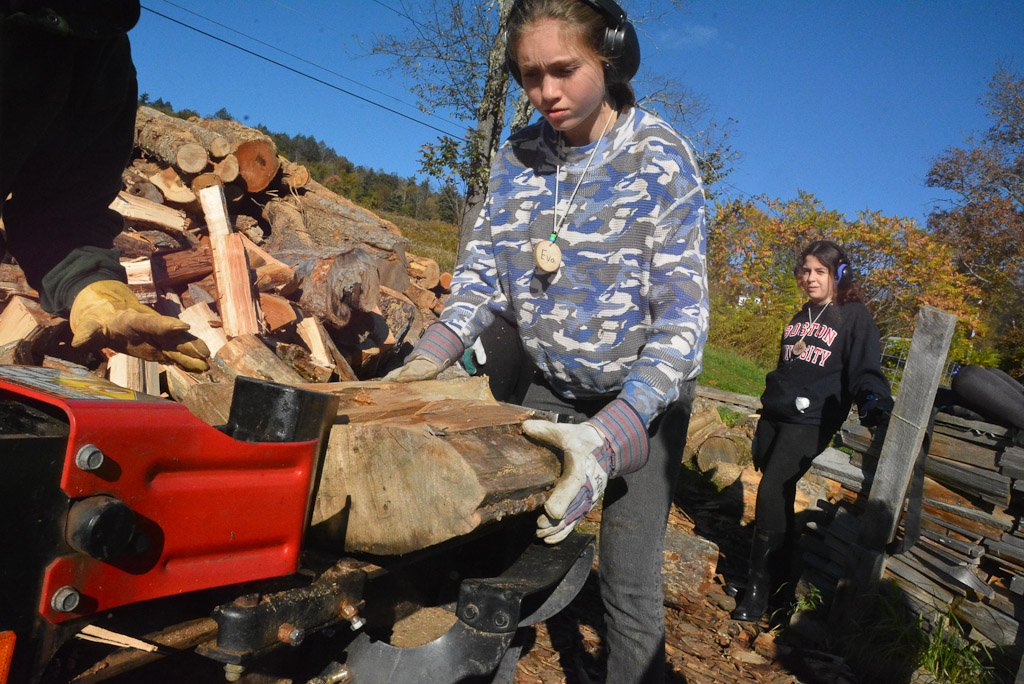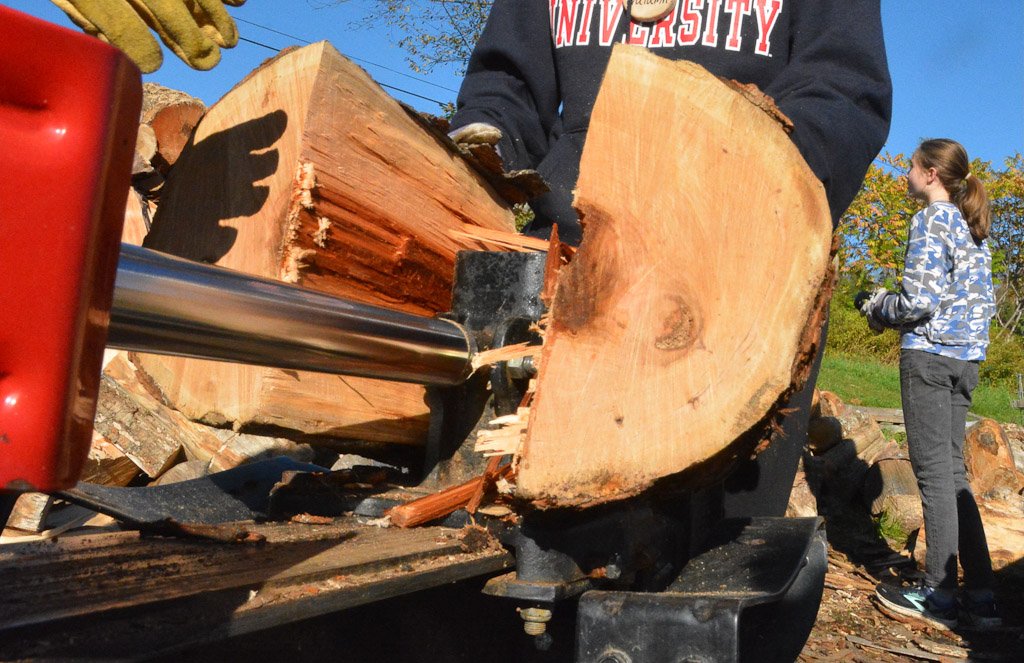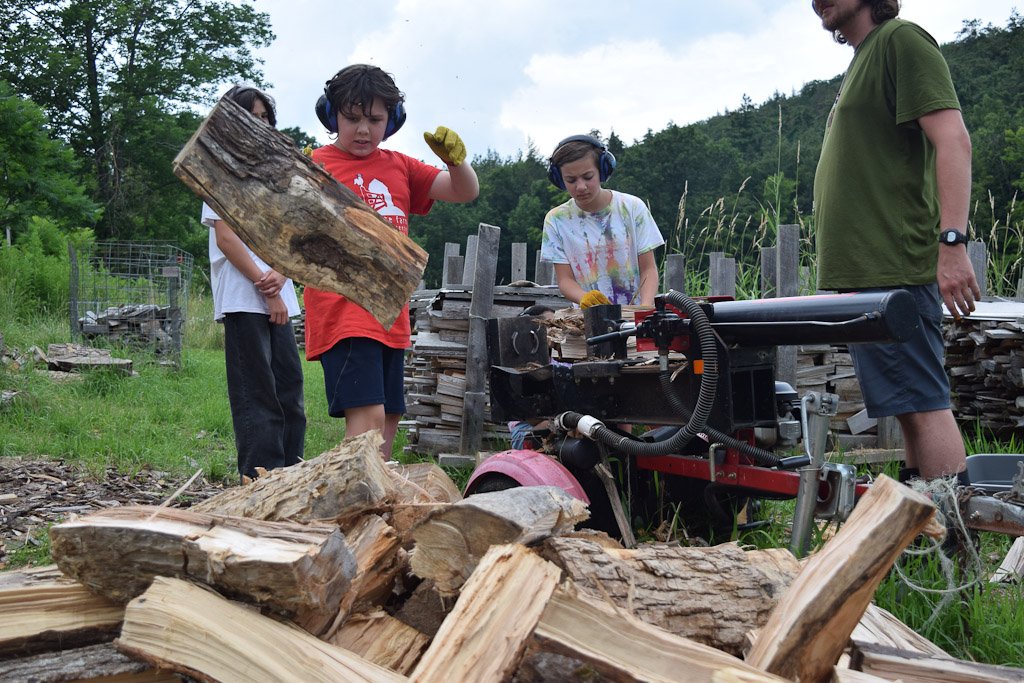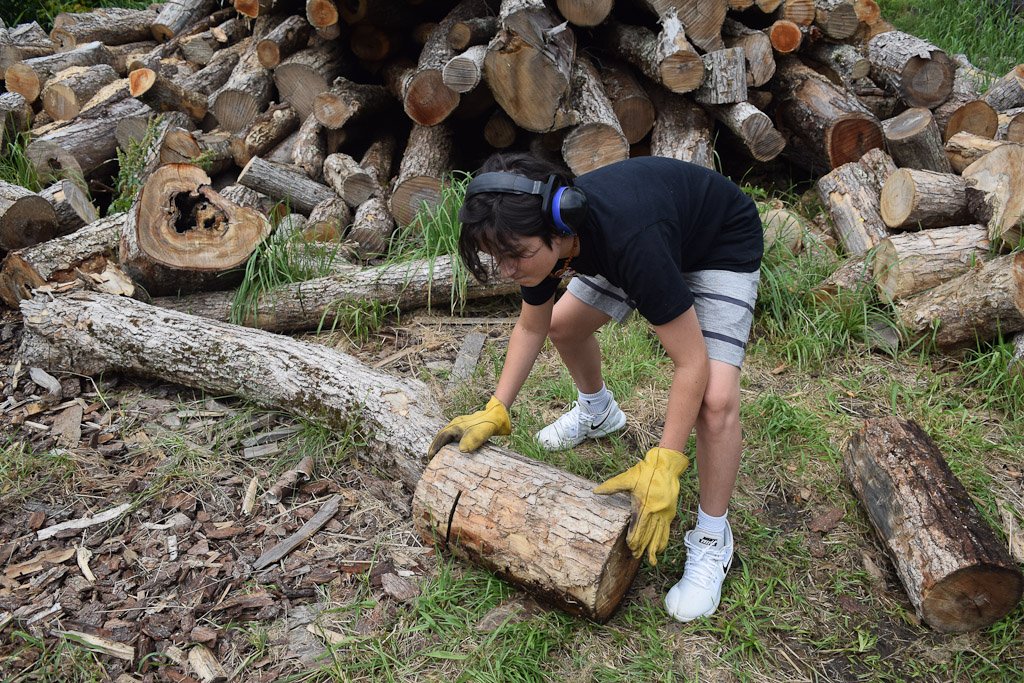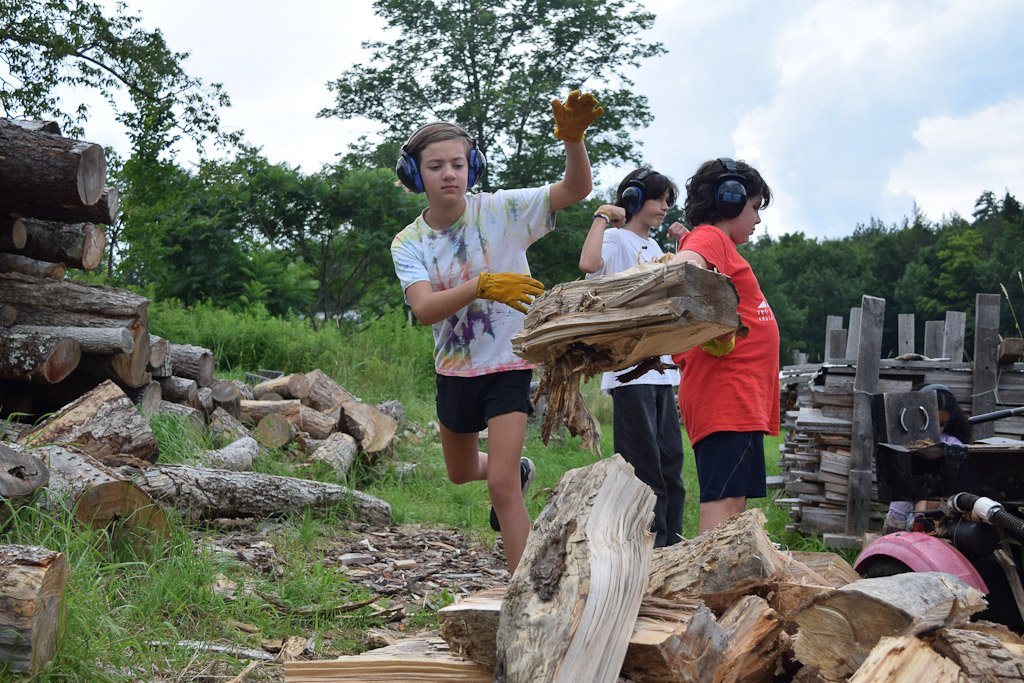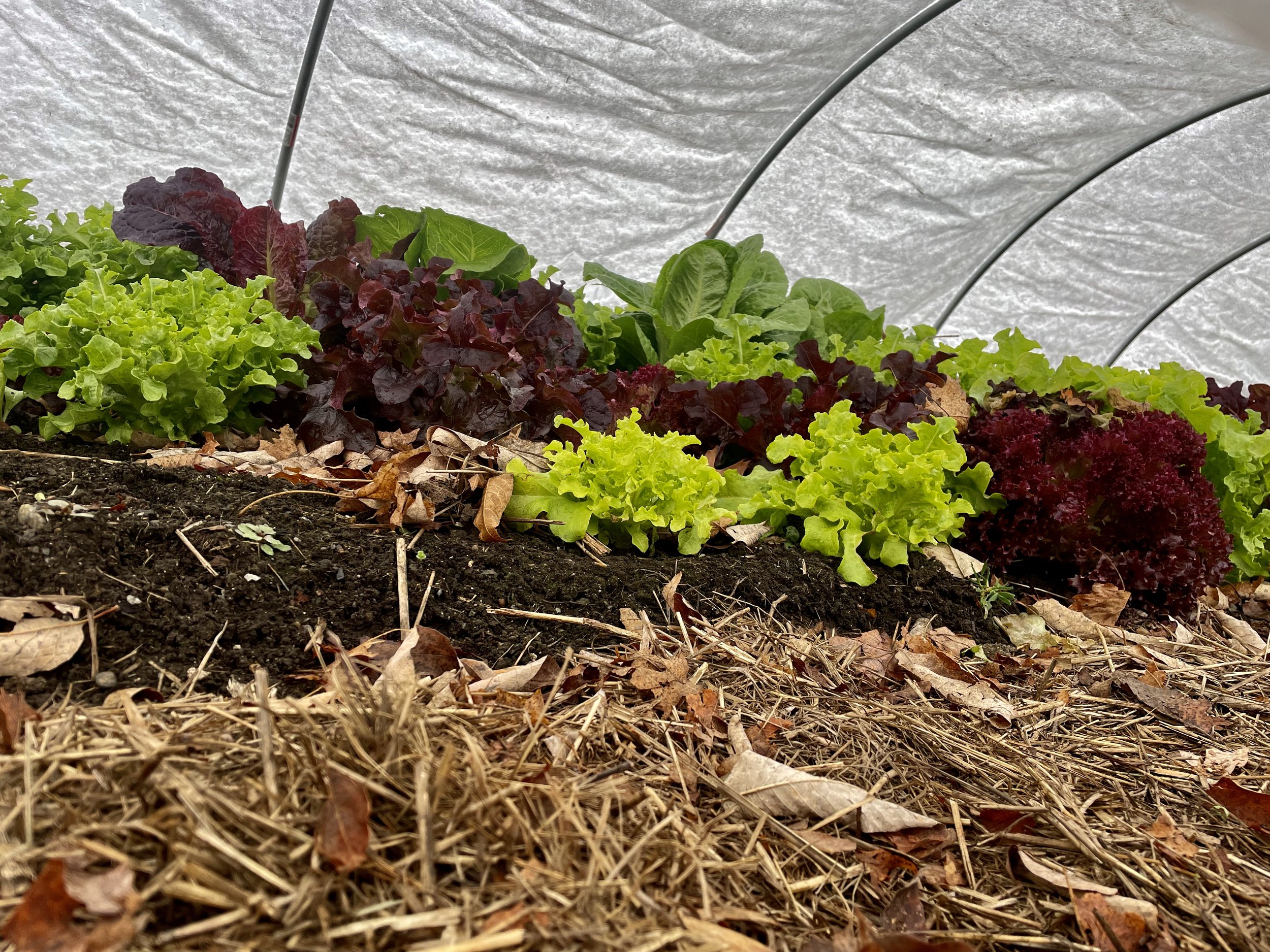A Completely Logical (and not at all biased) Ranking of Different Plant Pots
/Elizabeth rennert - rgf staff
Winter at the farm means it’s almost seed-starting time! Before many of our wonderful veggies make their way into the garden ground, they first begin their journey as individual seeds in small pots nurtured to life in the greenhouse.
Each of the hundreds of pots needs to be washed out and sanitized to remove all remnants of last season’s plantings, before we put any new seeds in them. This helps prevent disease and fungus from running rampant through our baby seedlings. I undertook this project with eagerness, spending almost a day and a half at the sink–sorting, spraying down, and scrubbing all the plant pots to the best of my ability. As my shirt got soaking wet with water spray, and my fingers turned to raisins, I began to develop some very strong opinions about which plant pots were best and which were worst. Opinions based almost entirely on how easy it is to clean them.
Without further ado, here is that completely logical (and not at all biased) ranking:
The worst of all, at the very bottom of the ranking, are the circle green quart pots made out of thin plastic. 0/10
Absolute trash! Terrible plant pots. The flimsy plastic makes them impossible to scrub without cracking! The ridges on the sides are a magnet for the gross filmy dirt that doesn’t scrub off and the drainage holes in the bottom are just sharp plastic snaggy bits. The raw plastic edges scrap your fingers and shred the sponge to pieces. And who thought that putting a lip on the inside of a plant pot was a good idea?! The dirt just keeps rolling around forever with no corner to stop in!
Still bad, but a step above are the 72-count seed flats with the conical segments. 2/10
Just too long to fit in the sink, it takes a Tetris champion to get the whole tray wet. Each of the different sections is like the worst part of dishwashing–the surprise soaking when a spoon hits the water at the wrong angle! You need a natural 20 acrobatics roll to avoid all the water spray and end with dry clothes. But even the spray of the water isn’t enough to clean all the grime, so each one of the tiny sections needs to be scrubbed by hand! All 72 sections! (Plus the bottoms too)
The tray with small drainage holes for holding seed blocks are mid-tier at best. 5/10
These aren’t even real pots! They’re just plastic trays with lines across them! I swear that these trays were dipped with the dirt equivalent of glitter. Every time I thought I had gotten the last bit of dirt, another clump appeared from some other dimension! Where did all the dirt come from? Where?!
An acceptable choice is the classic quart yogurt container with holes punched in the bottom for drainage. 6/10
Bonus points for upcycling I suppose, but the white plastic held onto dirt so well that I thought for sure the pots were beyond saving! Although eventually I got the pots clean, I had to scrub with an intensity rivaling the blaze of a thousand suns. Was it worth it? The sponge was in pieces, my fingers sore, and all for a yogurt container.
My favorite, and objectively the best plant pot is the black, hard plastic, quart containers with eight drainage holes! 11/10
So sturdy that I could build a tower with no fear of collapse! Bonus drainage holes in the corners (something I’d never thought I would be excited about) allow the dirty water to drip right out! The smooth plastic sides, minimal texture, nice crisp corners, and beautiful square shape are a marriage between design and engineering, creating a beautiful and functional plant pot. All other pots should be banished to the ether, and replaced with these works of art! In fact, all containers should be replaced with these! Shopping baskets, laundry hampers, pencil cases! Backpacks, toolboxes, even waterbottles! (The waterbottles might be a bit messy, but I think it’s worth it) No better plant pot has ever, can ever, or will ever, exist!













